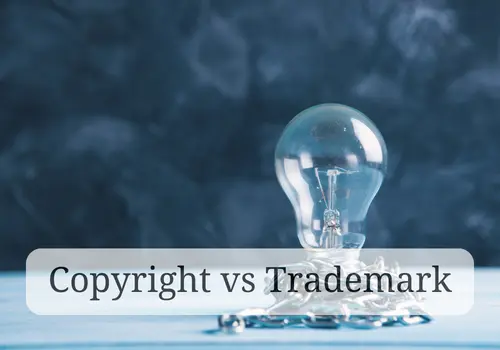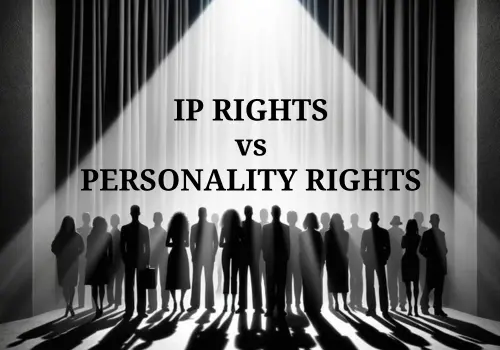Patents vs Trade Secrets
Introduction
In the realm of intellectual property (IP) law, patents and trade secrets are the only forms of rights that protect innovations and proprietary information of businesses.
Trade secrets are formulas, procedures, and business information characteristics that attain their economic worth from being maintained as active secrets.
Patents confer the exclusive right to obtain a monopoly and monetary benefits from the innovation.
Read on to delve deeper into the differences between the two…
Patents vs Trade Secrets
Patents, at their core, are a legally recognized document issued by a governmental authority that confers exclusive rights upon the inventor for a predetermined period, typically twenty years subsequent to the filing date. Patents give the inventor the sole authority to prohibit third parties from engaging in the manufacture, utilization, commercialization, or importation of the patented invention without their express consent.
After a thorough evaluation by the patent officer, patents are awarded to inventions that meet specific requirements like being new, inventive, and useful. These patents provide significant advantages to the holder, like the ability to profit from the invention through licensing deals, attract investors, and gain a market advantage over competitors.
The Indian patent system allows for the filing of patents on inventions, both tangible and intangible, that are generally derived from research and technological development. These inventions can be entirely new concepts or improvements upon existing ones, like the transition from desktops to laptops. The patent application process in India accommodates various types of patents, including design patents, utility patents, and plant patents.
While patents offer protection in exchange for publicly revealing an invention, trade secrets thrive on confidentiality. Businesses leverage trade secrets to shield critical information that grants them a competitive advantage, such as formulas, algorithms, customer lists, or even unique manufacturing processes. To maintain this secrecy, companies implement robust security measures like non-disclosure agreements, restricted access controls, and advanced cybersecurity protocols. This approach allows them to keep their edge for an indefinite period, unlike patents with a limited lifespan.
India currently lacks a dedicated law for safeguarding trade secrets and confidential information. However, courts in India enforce trade secret protection through established legal principles like equity and the common law action for breach of confidence, which essentially addresses breaches of contractual obligations. If a trade secret is compromised, the owner can seek legal remedies such as an injunction to prevent further disclosure by the licensee, the return of all confidential material, and compensation for any losses incurred due to the breach.
Conclusion
Though both patents and trade secrets aim to protect intellectual property, they’re distinct in several key ways.
Patents grant exclusive rights to a specific invention for a set period, essentially a temporary monopoly on its commercial use. Trade secrets, on the other hand, protect a wider range of confidential information for as long as it remains secret.
Additionally, patents require full public disclosure of the invention, while trade secrets thrive on complete secrecy.
Enforcement also differs. Patents offer a clear legal path, allowing holders to sue for infringement whereas trade secrets depend on contracts and state laws, making enforcement trickier and often requiring proof of theft.
In conclusion, patents and trade secrets, though both protecting intellectual property, take distinct paths. Patents offer temporary monopolies on inventions in exchange for disclosure, while trade secrets shield confidential information indefinitely. Choosing the right path empowers businesses to craft effective IP strategies and thrive in the competitive marketplace.














